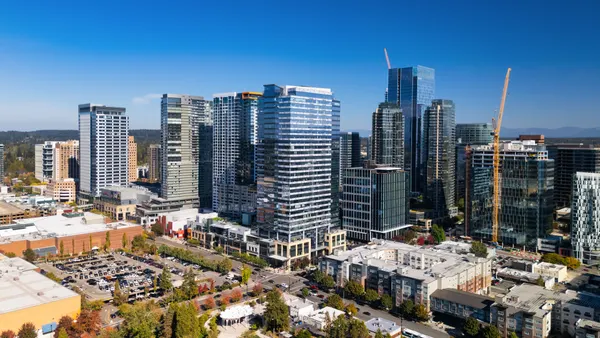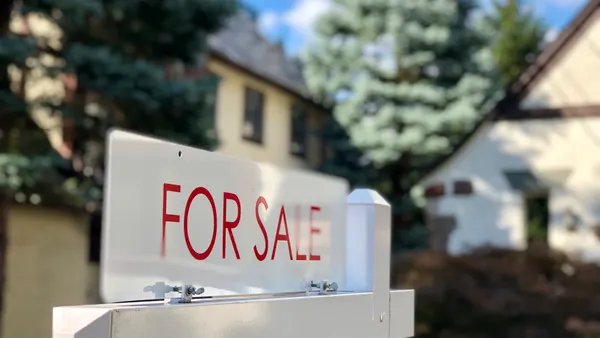Dive Brief:
-
Google Maps launched a new feature on World Sight Day that provides detailed voice guidance for people with visual impairments.
-
The new feature proactively tells users if they are on the correct route, in addition to communicating the distance until the user's next turn and the direction they are walking. It will also alert users as they approach large intersections and provide a spoken notification if the user mistakenly makes a wrong turn and needs to be rerouted.
-
While the updates will primarily aid individuals with visual impairments, the technology can also help people who want a more screen-free travel experience.
Dive Insight:
There are 36 million people who are blind across the globe, and 217 million people with moderate-to-severe visual impairments, according to a Google Maps blog post published by analyst Wakana Sugiyama, who worked with Google Maps as an early advisor on the new feature.
"As a legally blind woman living in Tokyo, I know that getting around unfamiliar environments can be a challenge," she wrote. "I can easily commute from my front door to my desk at work; it’s a trip I take regularly and know well. But going some place new and unfamiliar can be an intimidating experience without sight to guide you."
This is one of many recent updates from Google Maps to improve navigation for users. In August, Google Maps launched Live View, an augmented reality (AR) feature, to help pedestrian navigation. Live View overlays a live video feed on Google Maps, and directional arrows and street names to give users a more intuitive experience.
Like the voice guidance feature, Live View improves the user experience while also boosting safety. With the AR abilities, users can hold their phones up to show surroundings in real-time. However, there are some concerns that AR navigation could cause head-on collisions if people walk with their phones up to their face instead of using the feature as it's intended while they are stationary.
Google Maps also launched a new multimodal trip-planning feature in August that combines bicycling, ride-hailing and transit options into one trip. In July, it released bike-share data in 24 cities across the globe and information about transit crowdedness and delays.












